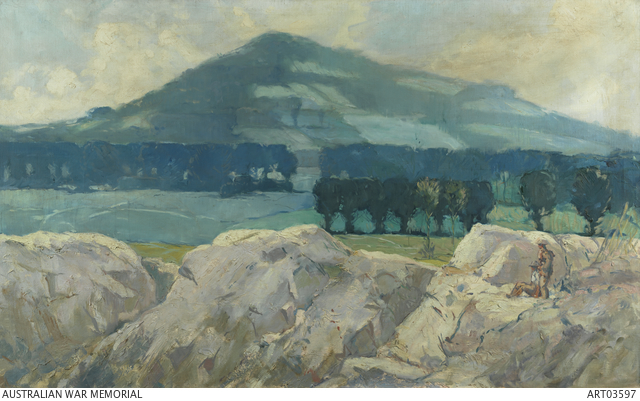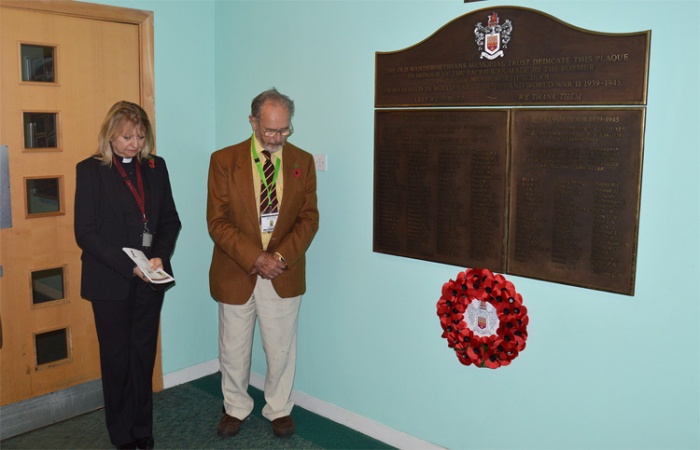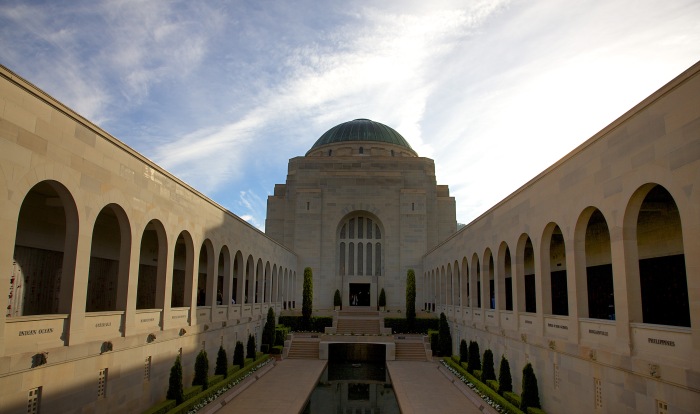
146 Edward Franz Hubert FRINGS
Edward was born in 1894 in Cork, Ireland, to parents John Willie Frings and Lily Gertrude, nee Pink . Three years later his sister Constance was born, and later, sister Christina Helena was born in 1905. Although born in Ireland, Edward would grow up in England and with his family ultimately settling in Wimbledon, London .
His father, John Willie Frings was the son of a German immigrant, Joseph Franz Hubert Frings.
His father served seven years in the British Army with the Royal Engineers, his military record noting that he served with exemplary conduct, rising to the rank of Lance Corporal and later transferred to the reserve. At age 31 it was discovered he had vascular disease of the heart and he was discharged.
His father would later find his passion in writing and in 1910 was on the journalist staff of W.H Smith & Sons and later would become an established author, his many works displaying a fascination with the afterlife.
At the same time, Edward was displaying his own creative gene and advancing in his scholastic pursuits as a student at Wandsworth Technical Institute . Edward took to schooling, advancing his journalistic skills and most notably displaying a talent for painting where he studied under Mervyn Lawrence and Walter Sickert.
His early artwork displayed a promising future for Edward and perhaps this talent was also the driving force for Edward to travel abroad and seek further artistic inspiration.
In October 1913, age 19 , Edward immigrated to Australia on board the steamship “Ballarat” bound for Sydney.
Whatever grand plans Edward had made on his journey to Australia, they never eventuated as it was just seven months after his arrival that he enlisted with the Australian Imperial Forces on the 21st August 1914.
Like his father before him he enlisted with the Engineers and attested to having been an “Aeroplane mechanic” working for two years with A.V Roe Brooklands Engineering.

Edward served at Gallipoli and like most of the men on Anzac Cove, was admitted to hospital with Diarrhoea in July 1915 and spent some months in hospital in Egypt before returning to Anzac In October. His health may never have been one hundred percent and within four weeks at Anzac Cove he contracted dysentery and in late November returned to the Beaufort War Hospital in Bristol England.
Edward remained in England until August 1916 and then rejoined the original unit in France on the 11th August 1916 on the front lines at La Boiselle, occupying the German dugouts, the enemy had previously occupied back in July when the 1st offensive had begun.
The 1st FCE were mostly engaged in what they described as front line work and were under constant bombardment from the enemy.
Seven days after his arrival in the trenches Edward Frings was wounded , a shrapnel wound to the shoulder and right arm, and a fractured scapula. Once again Edward was on his way to hospital and he returned to England and Chatham Hospital to convalesce.
After recovering from his wounds and injuries Edward attended officer training camp at the command depot at Perham Downs.
In June 1917 Edward proceeded to France to continue his officer training and on the 24th November was appointed Lance Corporal.
Edward would once again rejoin his original company in Belgium on the 23rd March 1918.
The 1st FCE were positioned at Kemmel Ridge in the Hill 60 sector, working at what the company called the caterpillar dugouts, constantly under heavy bombardments and subjected to plenty of gas.

Edward had only been on the front for three days and on the 26th March 1918 was killed in action. The circumstances surrounding his death are unknown, the unit diaries not identify the casualties or providing any details to his death.
The tragic news of Edward’s death had a profound effect on his family in England. His father had seen his three brothers all pass on prior to the war and now his only son was killed in action.
Shortly after the war had ended, in a strange turn of events his parents and sisters immigrated to Australia and settled for a short time in Townsville, Queensland.
The family then taking a unique opportunity, leased Brisk Island, a small island of 150 acres located not too far from the Queensland mainland.
For 1 pound a year the Frings family had found their own “Pacific Paradise” and lived a life of voluntary exile on the island for over 10 years until John W Frings died in 1934.
During his time on the island Edward’s father pursued his writing and published “My Island of Dreams”
In 1920 it was later revealed by his mother Lily that Edward Frings had painted and sketched many portraits of officers and men of the Australian Imperial Forces.
Just prior to his death Edward had made application to the Australian War Office to be included as an official war artist.
He never lived long enough to see his application accepted, but it was, and he was listed among great names such as Tom Roberts, John Longstaff, Frederick McCubbin and Arthur Streeton.
Lily Frings later forwarded a letter to the war office asking if this could be included on his war service record, however his record remains unchanged.
To date research has not been able to discover any of Edwards work, however the search continues.
The sacrifice made by Edward is still commemorated at his Wandsworth School and his name appears on the Honour Board with other Wandsworthians who made the ultimate sacrifice in WW1 and WW2.

Edward is also on the Honour Roll and commemorative wall at The Australian War Memorial in Canberra. His name will be projected onto the exterior of the Hall of Memory on the following dates ….
• Mon 09 April 2018 at 9:45pm
• Fri 25 May 2018 at 4:55am
• Fri 06 July 2018 at 6:01am
• Sun 19 August 2018 at 10:39pm
• Tue 09 October 2018 at 10:56pm

The Menin Gate Memorial also honours Edward. The Memorial was conceived as a monument to the 350,000 men of the British Empire who fought in the campaign. Inside the arch, on tablets of Portland stone, are inscribed the names of 56,000 men, including 6,178 Australians, who served in the Ypres campaign and who have no known grave.

Edward Frings name appears on one of these Portland stone panels along with his fellow originals 170 George Turner, 119 William Pitt and 190 Jack Hollingsworth.
Story©VanceKelly2018
Sources:
AWM, NLA, NAA, Wandsworth Institute U.K,
Acknowledgements:
Gail Marks – Frings Family – photos and correspondence
Original photo of 1st FCE – Courtesy Jack Moore Private collection
Photo courtesy – Andrew Smith & Son Auctioneers U.K




